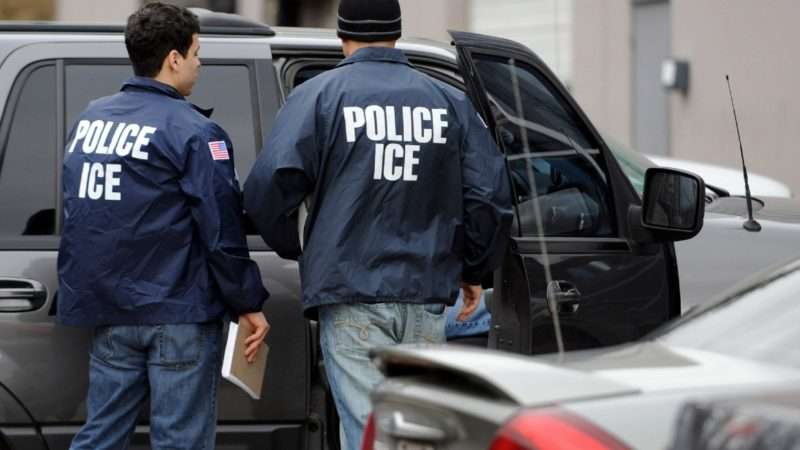In August, a panel of the Eleventh Circuit decided U.S. v. Davila-Mendoza. The case presented an as applied challenge to the Maritime Drug Law Enforcement Act. The MDLEA prohibits drug-trafficiking in foreign waters. Judge Branch wrote the majority opinion, which was joined by Judge Jill Pryor (no relation to Chief Judge Bill Pryor) and Judge Danny Boggs (my former boss from the Sixth Circuit who was sitting by designation). The panel found that the MDLEA exceeded Congress’s powers under the Foreign Commerce Clause and the Necessary and Proper Clause.
Here, the Court presumes the Lopez framework for the Interstate Commerce Clause extends to the Foreign Commerce Clause. The MDLEA could only be upheld under the so-called “substantial effects” test. (In fact, the “substantial effects” test is an application of Congress’s Necessary and Proper Clause power, but Chief Justice Rehnquist elided this position.) The substantial effects test allows Congress to regulate intrastate economic activity that has a substantial effect on interstate commerce. But there is a problem for this case. Economic activity in foreign waters is not intrastate economic activity. Judge Branch show a careful grasp of Raich:
Turning to Raich, the government argues that Raich reaffirmed that wholly intrastate economic activities could have a substantial effect on interstate commerce and could be regulated by Congress via the Interstate Commerce Clause. Therefore, according to the government, if we logically extend Raich to this case, the MDLEA’s application to the defendants’ extraterritorial conduct is a permissible exercise of Congress’s authority under the Foreign Commerce Clause because Congress could rationally conclude that foreign drug trafficking could have a substantial effect on the international drug trade, which has an aggregate economic impact on foreign commerce. However, while Raich may serve as a backdrop for our analysis, Raich involved Congress’s power to regulate commerce “among the states,” which undoubtedly presents a different question than Congress’s power to regulate commerce “with foreign nations,” and, therefore, does not necessarily control our analysis. In other words, the Interstate Commerce Clause jurisprudence must be carefully adapted to fit the “commerce with foreign nations” context.
She nailed it. Lopez identified three specific requirements to trigger the substantial effects test: (1) activity, that is (2) intrastate and (3) economic in nature. Leading up to NFIB, most critics only focused on factors 2 and 3; they disregarded the first factor. But we cannot forget the second factor.
The MDLEA has more problems. The statute lacked any congressional findings about how the regulated activity would affect foreign commerce. The statute also lacked a “jurisdictional hook.” Finally, the Court found that the government’s capacious reading of federal power lacks any limiting principle (sound familiar?):
Indeed, under the government’s reasoning, nothing would prevent Congress from globally policing wholly foreign drug trafficking commerce, potentially intruding on the sovereignty of other Nations, and bringing foreign nationals into the United States for prosecution based solely on extra-territorial conduct when the United States was neither a party to, nor a target of, the commerce.
Give that this panel was unanimous, en banc review is unlikely. This case may be headed to the Supreme Court.
from Latest – Reason.com https://ift.tt/35uvmID
via IFTTT

